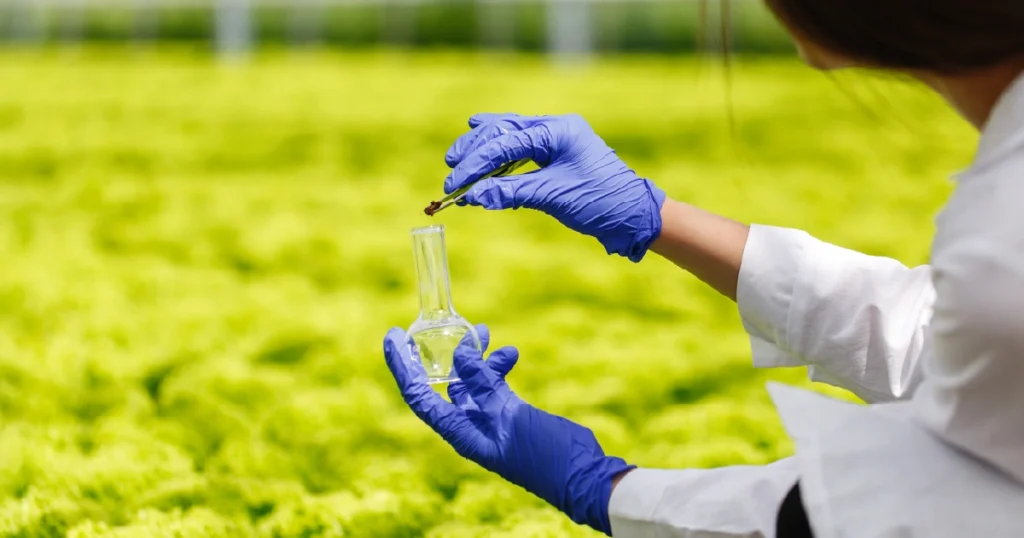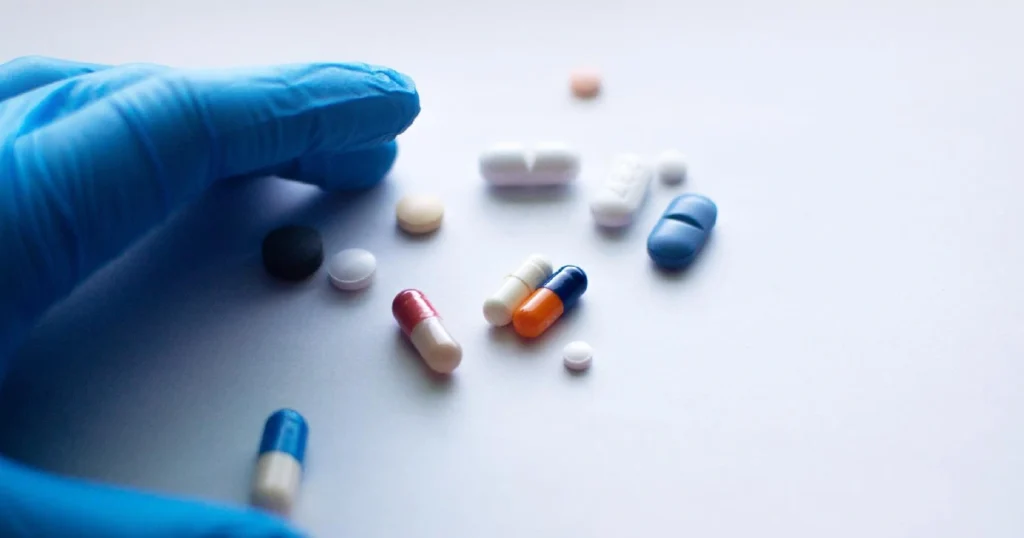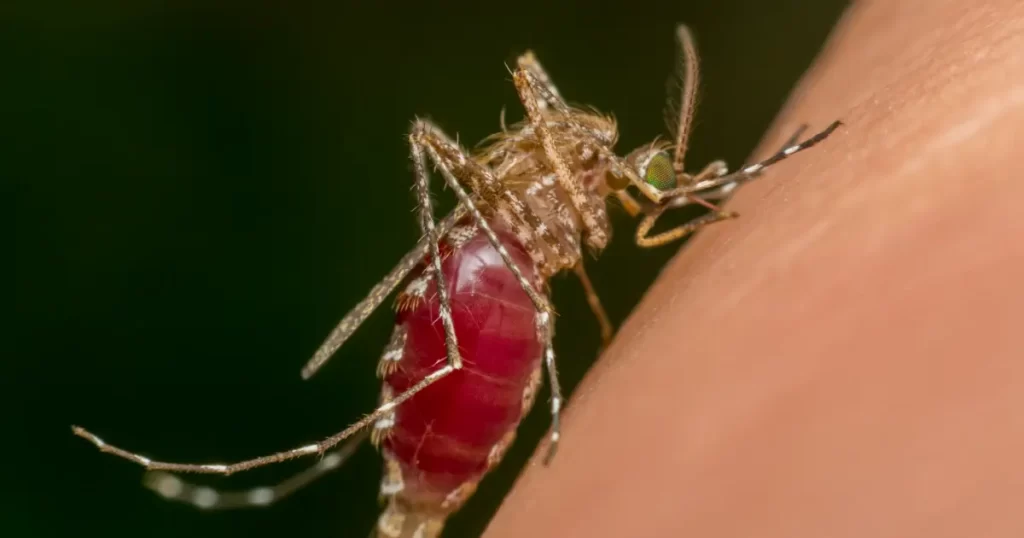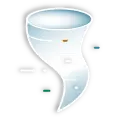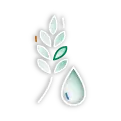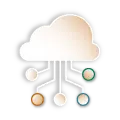Introduction
A woman in rural Kenya discovers a lump but lives hours from a cancer clinic. In Detroit, another skips her mammogram due to cost. In Tokyo, a researcher studies tumor cells, hoping for the next breakthrough.
On August 18, World Breast Cancer Research Day honors not only lives saved, but lives still at risk. Breast cancer affects over 2.3 million people annually, making it the most common cancer in women [1]. Breast cancer research breakthroughs have reshaped survival and treatment. But unless progress reaches every population, the work remains incomplete.
How can we ensure that these breakthroughs lead to healthier outcomes for every woman, everywhere—not just for those with access?
Why Breast Cancer Research Breakthroughs Matter
Advancements in treatment have transformed survival. Targeted therapies like trastuzumab (Herceptin) for HER2-positive cancers and hormonal therapies for receptor-positive cases have drastically improved outcomes. In high-income countries, the five-year survival rate for localized breast cancer exceeds 90% [1].
In contrast, in many low- and middle-income countries (LMICs), survival rates remain below 50%—not due to lack of science, but lack of access [2]. Delayed diagnoses, few screening programs, and limited treatment options hinder equity.
New Frontiers in Detection and Prevention
Today’s research expands beyond treatment. Innovations like AI-based mammography improve accuracy, while liquid biopsies offer non-invasive early detection. Personalized risk models are refining who gets screened—and when.
Lifestyle and environmental risk factors also remain central. Studies confirm links between breast cancer and alcohol, obesity, hormone therapy, and inactivity [4]. Newer research explores the roles of environmental toxins and the microbiome.
But innovations matter only if they’re applied. Underserved communities face barriers to screening, trust, and follow-up care. Outreach, education, and local leadership are essential to bridging that gap.
Inequities in Outcomes and Access
In the U.S., Black women are 40% more likely to die of breast cancer than white women, despite lower incidence [5]. These disparities stem from later diagnoses, limited access to quality care, and underrepresentation in clinical research.
Improving outcomes requires systemic change:
- Increase diverse enrollment in clinical trials
- Invest in community-led, culturally informed outreach
- Expand access to screening and treatment globally
Breakthroughs mean little if they only benefit the few.
What You Can Do
You don’t have to be a doctor or researcher to make a difference. Every person can contribute to advancing breast cancer research and reducing inequities.
- Support organizations that prioritize inclusive, equity-driven research
- Share verified health information to counteract myths and fear
- Encourage participation in clinical trials—especially in communities often left out
- Contact elected officials to support legislation that funds cancer research and improves healthcare access
- Volunteer with local breast cancer advocacy or patient support groups
Your voice, your network, and your time are powerful tools. Collective awareness and action can shape policies, drive funding, and ultimately, save lives.
The One Health Connection
Though often seen as a human health issue, breast cancer connects to broader environmental and social systems. Endocrine-disrupting chemicals in plastics, pesticides, and industrial waste may increase breast cancer risk. Poor air quality, contaminated water, and food insecurity also affect prevention and outcomes.
A One Health approach—which links human, animal, and environmental health—recognizes that tackling pollution, occupational hazards, and environmental injustice supports cancer prevention at the root level. It also reframes research as a tool not just for treatment, but for building healthier, more resilient communities.
Conclusion
World Breast Cancer Research Day is more than a day of reflection—it’s a global call to action. It asks us to recognize the power of science—and the responsibility to ensure it reaches all people, regardless of income, geography, or race. It reminds us that every breakthrough must be matched by advocacy, policy, and equity. Breast cancer research breakthroughs have already reshaped what is possible. Now, the challenge is to turn those possibilities into promises kept. When equity joins innovation, survival becomes a universal right—not a privilege.
References
- Sung, H. et al. (2021) ‘Global Cancer Statistics 2020: GLOBOCAN estimates of incidence and mortality worldwide for 36 cancers in 185 countries’, CA: A Cancer Journal for Clinicians, 71(3), pp. 209–249. https://doi.org/10.3322/caac.21660
- WHO (2021) Global Breast Cancer Initiative Implementation Framework. Geneva: World Health Organization. Available at: https://www.who.int/publications/i/item/9789240035942
- Independent UK Panel (2012) ‘The benefits and harms of breast cancer screening: An independent review’, The Lancet, 380(9855), pp. 1778–1786. https://doi.org/10.1016/S0140-6736(12)61611-0
- McTiernan, A. et al. (2019) ‘Lifestyle and breast cancer risk: The role of physical activity, alcohol, and weight control’, Journal of the National Cancer Institute, 111(10), pp. 962–969. https://doi.org/10.1093/jnci/djz124
- DeSantis, C. E. et al. (2019) ‘Breast cancer statistics, 2019’, CA: A Cancer Journal for Clinicians, 69(6), pp. 438–451. https://doi.org/10.3322/caac.21583


